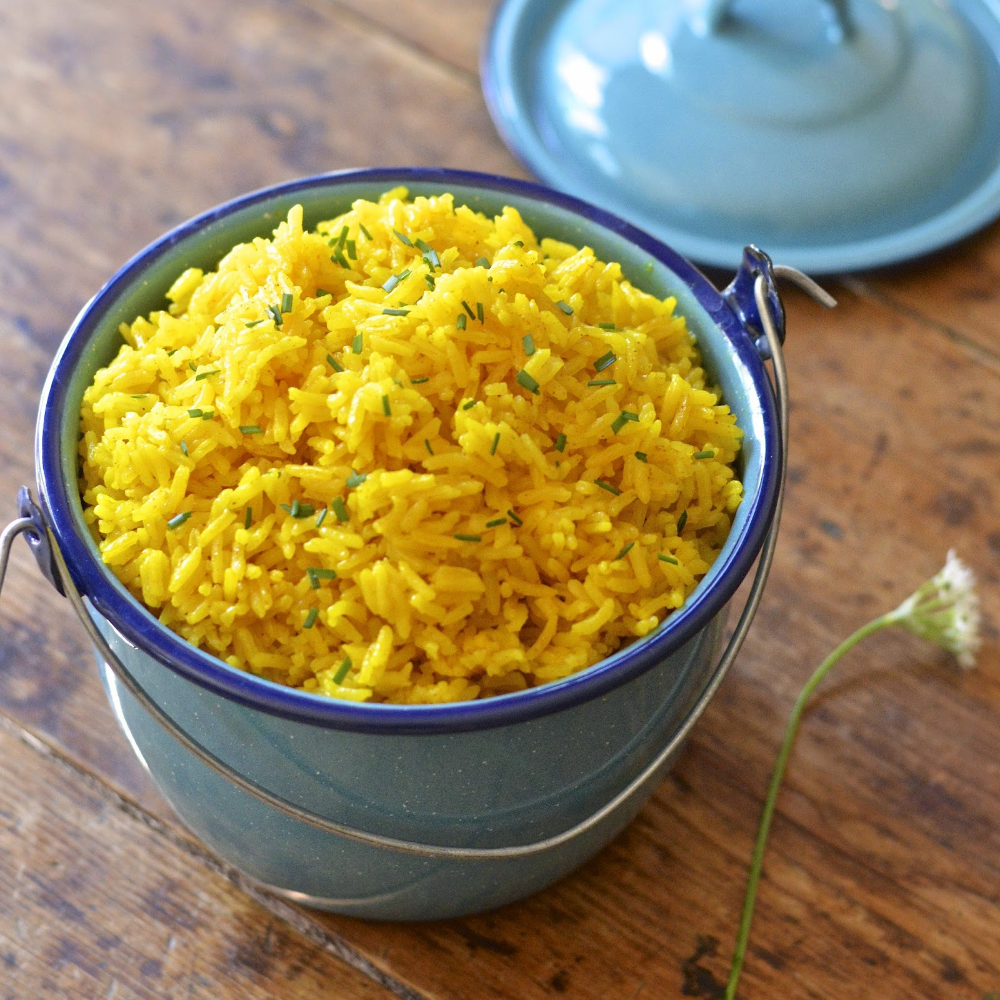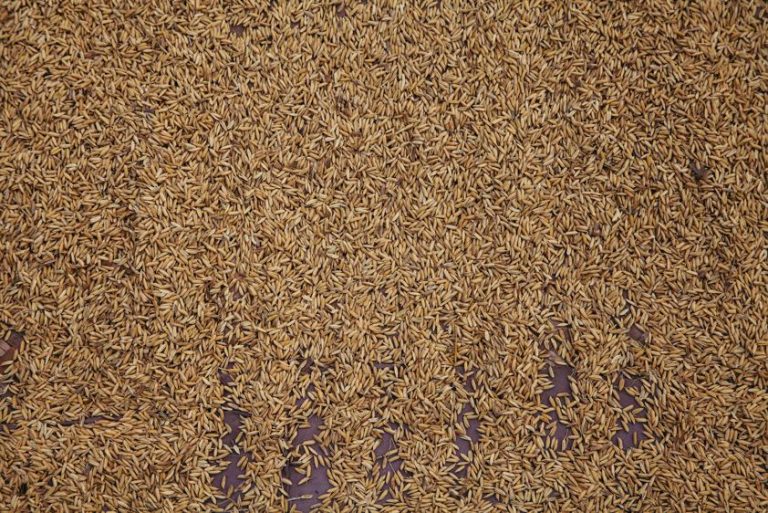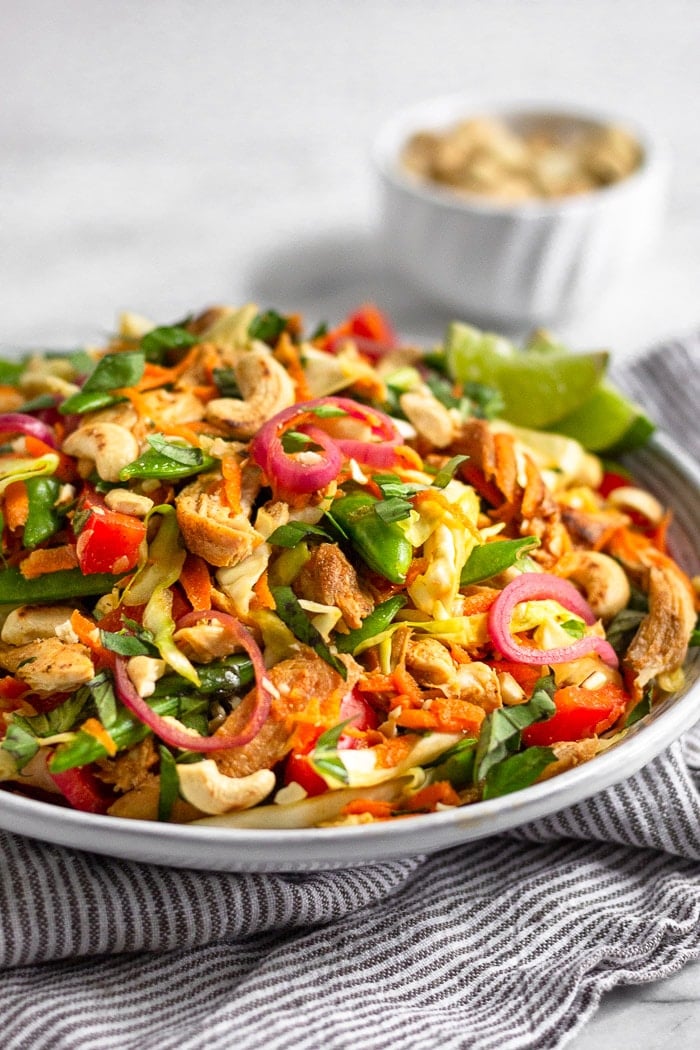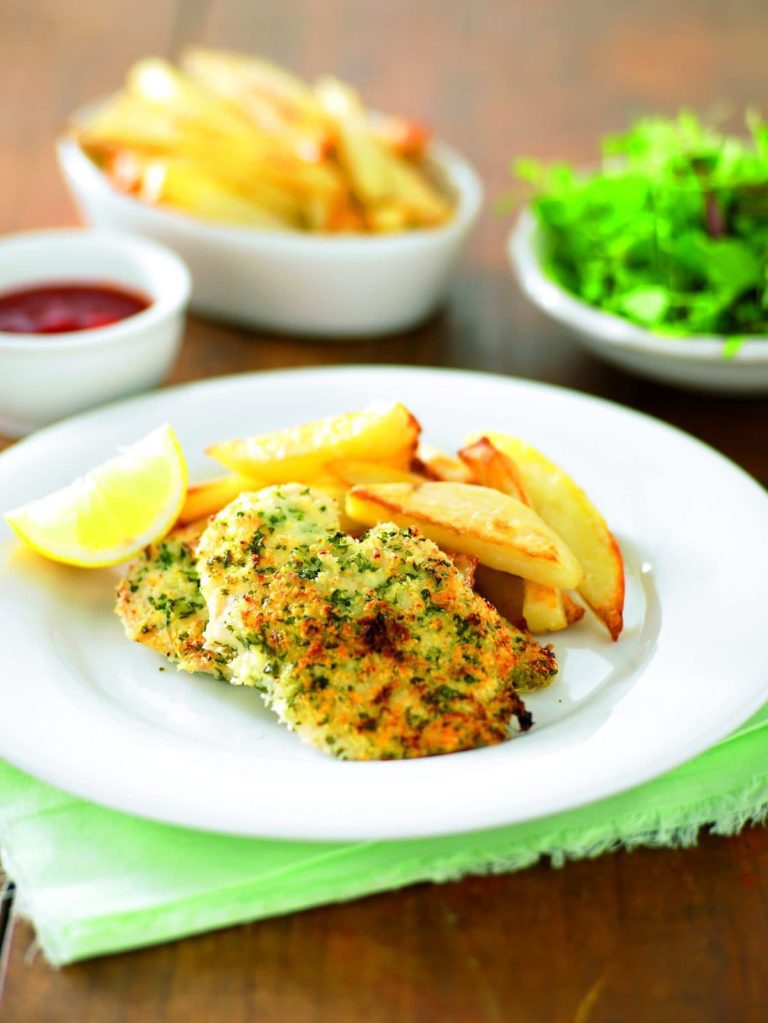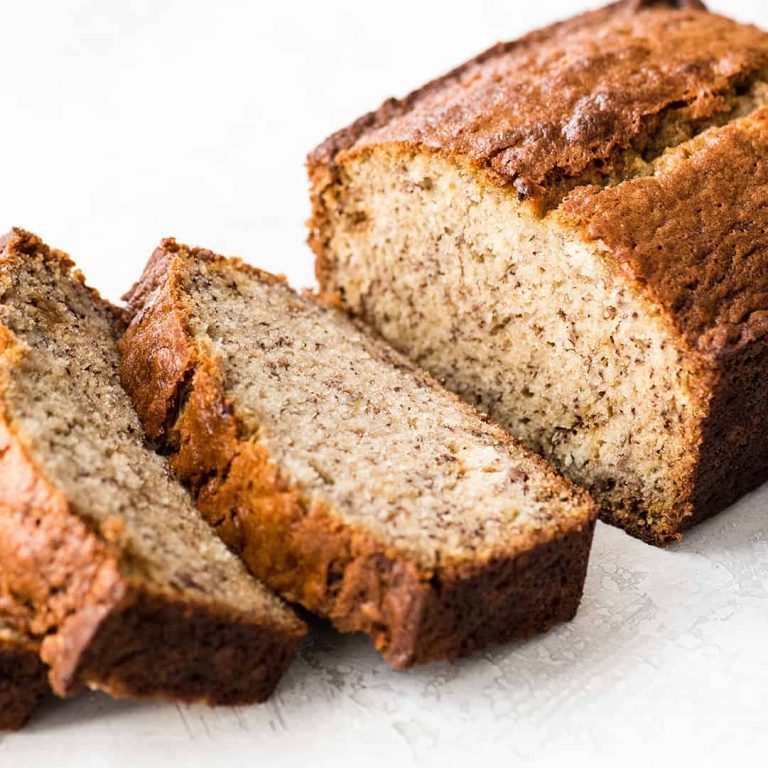Turmeric Rice Recipe How To Cook Yellow Rice
Turmeric Rice Recipe: How to Cook Yellow Rice
Turmeric rice, also known as yellow rice, is a delicious and vibrant side dish that pairs well with a variety of main courses. Not only does it add a burst of color to your plate, but it also provides a range of health benefits. Turmeric, the main ingredient in yellow rice, is renowned for its anti-inflammatory and antioxidant properties. In this article, we will guide you through the process of cooking turmeric rice, from selecting the ingredients to serving it on your table.
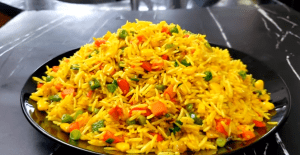
Choosing the Right Rice
The foundation of a good turmeric rice recipe lies in the choice of rice. Opt for long-grain varieties like basmati or jasmine, as they have a fluffy texture and absorb flavors well. Additionally, these varieties have a mild and nutty flavor that complements the turmeric and other spices in the dish.
Ingredients You’ll Need
To make turmeric rice, gather the following ingredients:
– 2 cups of long-grain rice
– 1 tablespoon of turmeric powder
– 1 onion, finely chopped
– 2 cloves of garlic, minced
– 1-inch piece of ginger, grated
– 3 cups of vegetable or chicken broth
– 2 tablespoons of olive oil
– Salt and pepper to taste
Cooking the Turmeric Rice
Now that you have your ingredients ready, let’s dive into the cooking process:
1. Rinse the rice: Start by rinsing the rice under cold water. This step removes any excess starch and helps prevent the rice from sticking together.
2. Sauté the onion, garlic, and ginger: In a large saucepan or Dutch oven, heat the olive oil over medium heat. Add the chopped onion and cook until it becomes translucent. Then, add the minced garlic and grated ginger, stirring continuously for another minute or until fragrant.
3. Add the turmeric and rice: Sprinkle the turmeric powder over the sautéed onion, garlic, and ginger mixture. Stir well to coat the rice grains evenly with turmeric.
4. Cook the rice: Pour the vegetable or chicken broth into the saucepan, along with salt and pepper to taste. Bring the mixture to a boil, then reduce the heat to low, cover, and simmer for about 15-20 minutes or until the rice is tender and has absorbed all the liquid.
5. Fluff and let it rest: Once the rice is cooked, turn off the heat and let it sit, covered, for about 5 minutes. This allows the flavors to meld together and the rice to become fluffier.
Serving Suggestions
Turmeric rice is a versatile dish that pairs well with various cuisines. Here are a few serving suggestions to inspire you:
– Serve it alongside grilled chicken or fish for a wholesome and flavorful meal.
– Pair it with your favorite curry dishes such as chicken curry or vegetable curry.
– Use it as a base for stir-fries or buddha bowls, adding a vibrant touch to your creation.
– Enjoy it as a standalone dish with a side of roasted vegetables or a simple salad.
Frequently Asked Questions
Q. Is turmeric rice spicy?
No, turmeric rice is not inherently spicy. The main flavor in turmeric rice comes from the earthy and slightly bitter taste of turmeric. However, if you prefer a spicier version, you can add a pinch of cayenne pepper or chili flakes to the recipe.
Q. Can I use brown rice instead of white rice?
Yes, you can use brown rice instead of white rice to make turmeric rice. Keep in mind that the cooking time may be longer, as brown rice takes more time to cook and absorb liquid. Adjust the cooking time and liquid accordingly.
Q. Can I freeze turmeric rice?
Yes, turmeric rice freezes well. Allow the cooked rice to cool completely, then transfer it to airtight containers or freezer bags. Label them with the date and freeze for up to 3 months. To reheat, thaw overnight in the refrigerator and then warm it up in a saucepan or microwave.
Q. Can I add vegetables to turmeric rice?
Absolutely! Adding vegetables can enhance the nutritional value and taste of your turmeric rice. Consider incorporating peas, carrots, bell peppers, or even cauliflower to add color, texture, and flavor. Simply sauté the vegetables along with the onion, garlic, and ginger in the initial sauté step.
Final Thoughts
Turmeric rice, with its vibrant hue and robust flavor, is a delightful addition to any meal. Not only does it offer a visual appeal, but it also provides numerous health benefits. With its anti-inflammatory properties and ability to support digestion, turmeric can elevate the nutritional value of your dishes. So why not try cooking turmeric rice today? Explore the endless possibilities of this versatile side dish and enjoy its golden goodness on your plate.

